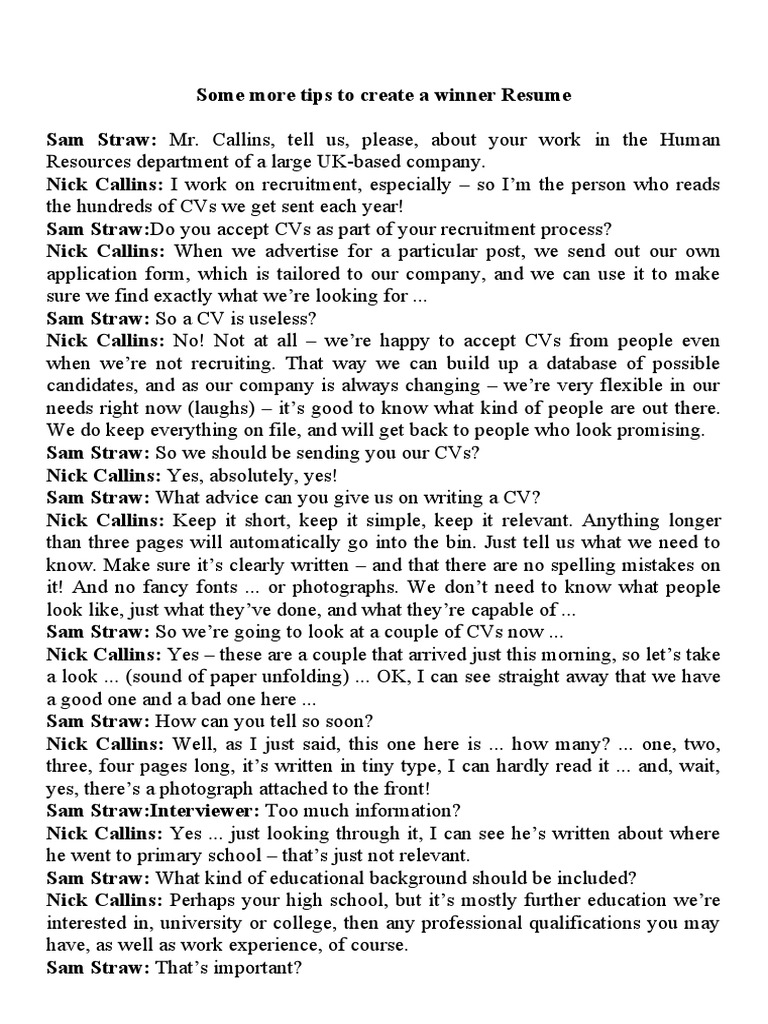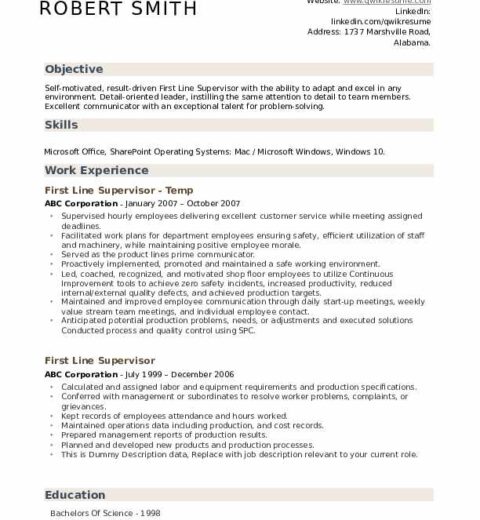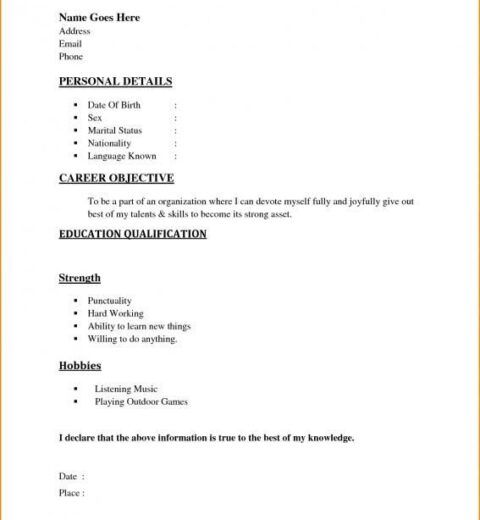In the competitive landscape of job hunting, a well-crafted resume stands as a beacon illuminating the qualifications and potentials of candidates. This document serves not only as a summary of one’s professional journey but also as a persuasive tool designed to capture the attention of hiring managers. Understanding how to prepare a compelling resume can significantly enhance prospects of winning interviews. Below is a comprehensive guide tailored to assist individuals in this pursuit, ensuring their resumes resonate strongly within the eyes of potential employers.
Understanding the Purpose of a Resume
At its core, a resume is a marketing document. Its primary purpose is to showcase an individual’s skills, experiences, and accomplishments concisely and attractively. Instead of merely listing job duties, the focus should be on highlighting relevant achievements that underscore one’s competencies. As you design your resume, consider the impression you aim to leave—brief yet comprehensive, modest yet assertive.
Researching the Job Description
Before penning your resume, a meticulous examination of the job description is imperative. Each position has unique requirements and desired qualifications that can provide insight into what the hiring manager values most. Identify keywords that recur throughout the job listing, as these can help to tailor your resume effectively. When these terms are integrated into your document, they enhance the relevance of your application and can have a profound impact on applicant tracking systems (ATS) utilized by many organizations.
Selecting the Right Format
The format of your resume plays a crucial role in its efficacy. There are several approaches to consider:
- Chronological Format: This is the most traditional format, listing work experiences in reverse chronological order. It works effectively for individuals with a stable career progression.
- Functional Format: This format emphasizes skills and experiences rather than chronological work history. It is beneficial for those with gaps in employment or changing careers.
- Combination Format: As the name implies, this format merges elements of both chronological and functional styles, offering flexibility in showcasing skills while still presenting a coherent work history.
Choose a format that aligns well with your career stage and the nature of the position sought. Consistency in layout and a clean design will facilitate readability, making it easier for hiring managers to sift through information effortlessly.
Crafting an Engaging Summary
The opening statement of your resume, often known as the summary or objective, sets the tone for the document. It succinctly encapsulates your professional identity and career aspirations. For example, rather than a generic statement, tailor it to reflect your passion, expertise, and what you bring to potential employers. A well-formulated summary can succinctly express your qualifications, encouraging readers to continue exploring your experience.
Detailing Work Experience
When detailing work experience, employ the STAR (Situation, Task, Action, Result) method to articulate achievements vividly. Instead of simply listing job responsibilities, describe specific situations where you made a significant impact. Quantify results wherever possible. Perhaps you increased sales by a certain percentage or enhanced efficiency in a project, metrics lend credibility to your claims.
Furthermore, ensure relevancy by highlighting positions and experiences that correlate closely with the job applied for. This strategic alignment underscores a strong fit for the role.
Showcasing Skills
Listing skills is a fundamental aspect of resume creation. Divide skills into hard skills—technical or specific proficiencies related to the job—and soft skills, which encompass personal attributes such as communication or teamwork. While hard skills may be declared in a straightforward bulleted list, soft skills can be integrated into the context of achievements. This method exemplifies their application in real-world scenarios.
Incorporating Education and Certifications
Your educational background warrants attention, particularly if you have recently graduated or if your degree is directly relevant to the position. List your degree, major, institution, and graduation date. If you possess certifications pertinent to your field, feature these prominently. Certifications can serve as demonstrable proof of your expertise, particularly in highly specialized domains.
Reviewing and Polishing
A meticulous review of your resume is essential. Spelling and grammatical errors can tarnish an otherwise stellar application. Utilize various strategies, such as reading aloud or having a trusted friend critique your document. Additionally, ensure that your formatting remains uniform—consistent font type, size, and spacing can lend a professional appearance.
Conclusion
Preparing a winning resume involves a blend of strategic marketing, keen attention to detail, and a personal touch that authenticates your experiences and aspirations. In a world where first impressions can be pivotal, your resume holds the potential to unlock the door to a wealth of opportunities. By consciously applying the aforementioned strategies and adopting an adaptable and thoughtful approach, you can significantly enhance your chances of winning interviews and securing that coveted job.




